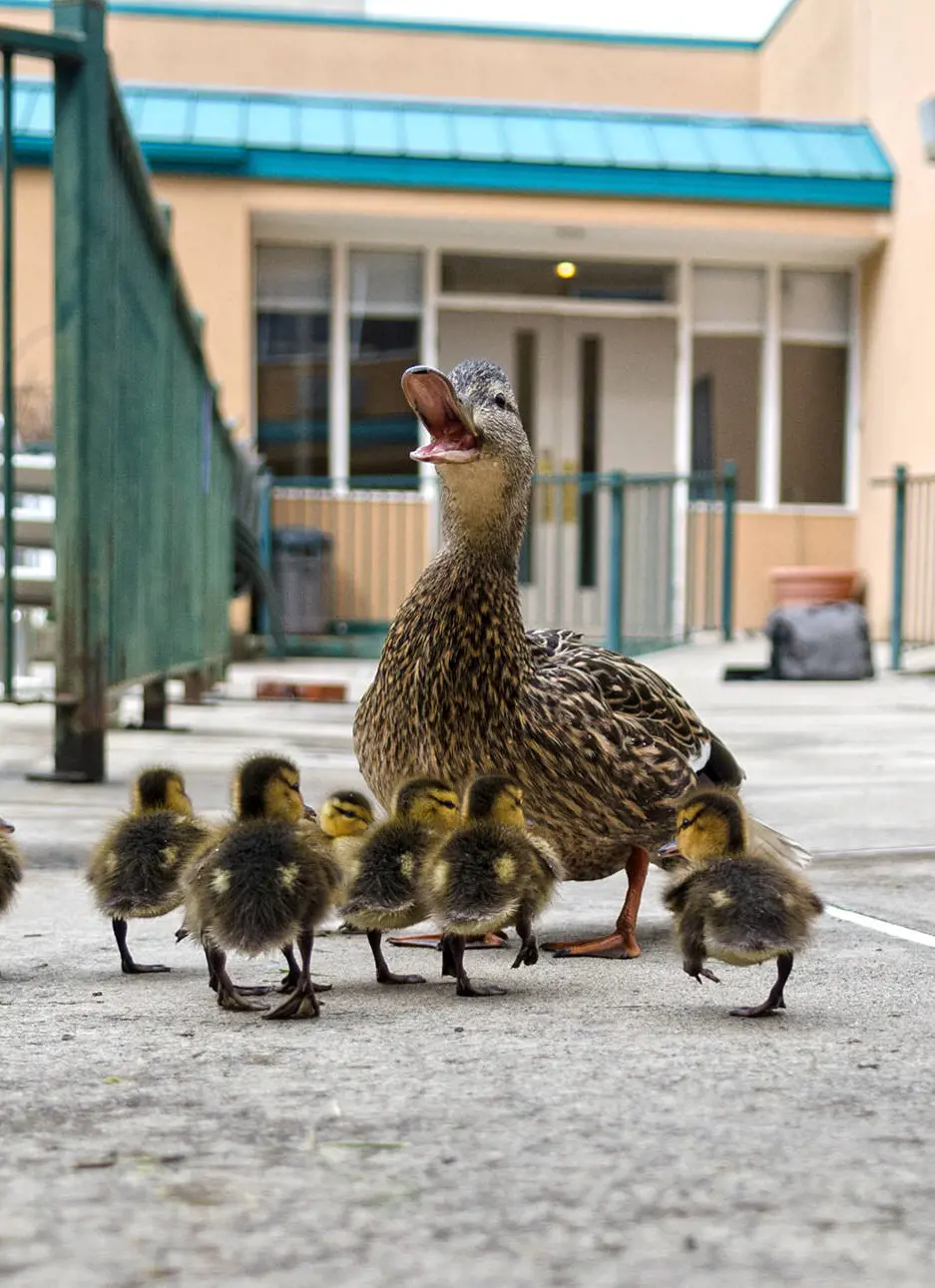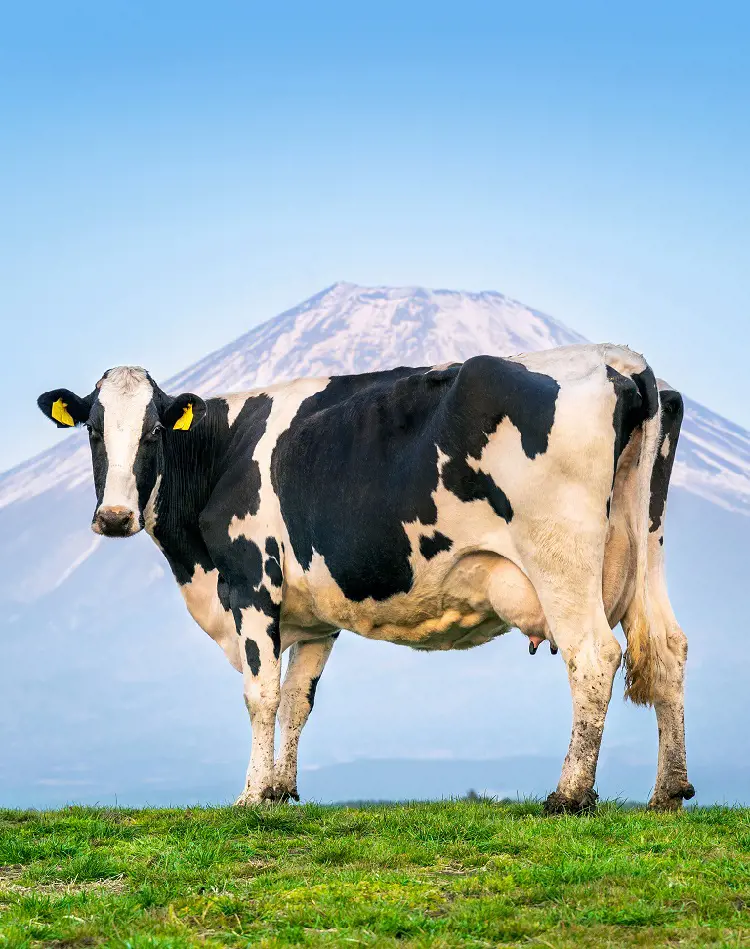15 Most Venomous Snakes You Should Fear

This post may contain affiliate links. If you make a purchase through links on our site, we may earn a commission.
Snakes are animals without legs, and they are cold-blooded reptiles. There are over 3,900 types of snakes found worldwide, except in Antarctica and certain distant islands. Most of them are non-venomous, but a small number of them have strong toxins that can be very dangerous, even deadly, to people.
This article highlights the 15 most venomous snakes to fear. These creatures use special teeth to inject poison into their prey or enemies. The strength of the poison varies; some quickly harm body parts, while others affect nerves, causing issues like paralysis and breathing difficulties.
1. Inland Taipan
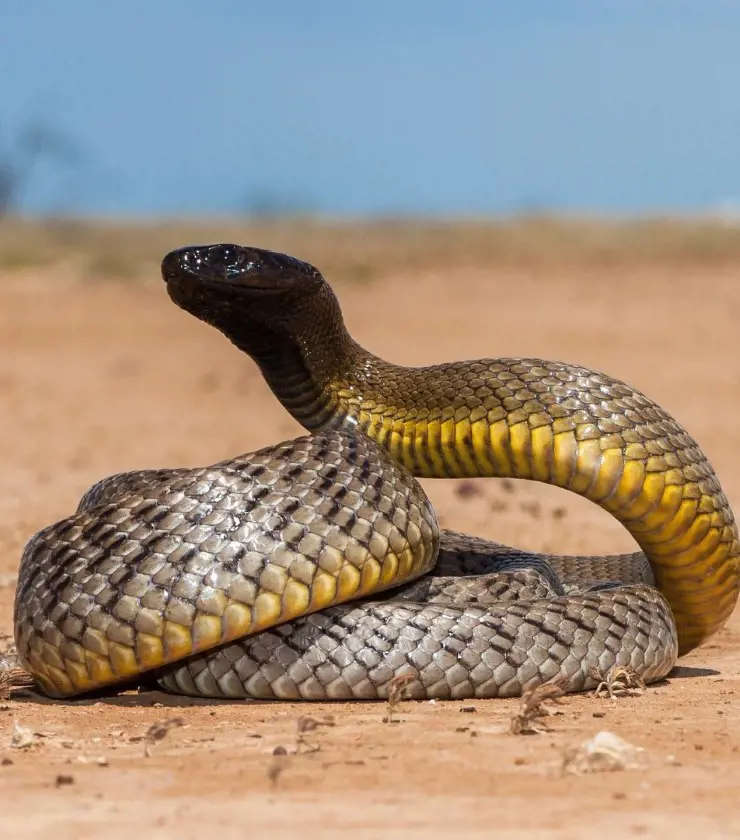
- Length: 8 feet
- Weight: Up to 5 pounds
The Inland Taipan, also known as the "fierce snake," lives in the dry parts of Australia. Despite being relatively small, it stands among the deadliest due to its incredibly potent venom. This venom can quickly cause paralysis and affect the nerves, posing a serious threat to health.
But luckily, these snakes are not often seen by people because they live in remote areas and are good at hiding. If someone gets bitten, it's really important to get help from a doctor right away because there is a specific remedy called antivenom that can effectively treat the bite.
2. Coastal Taipan
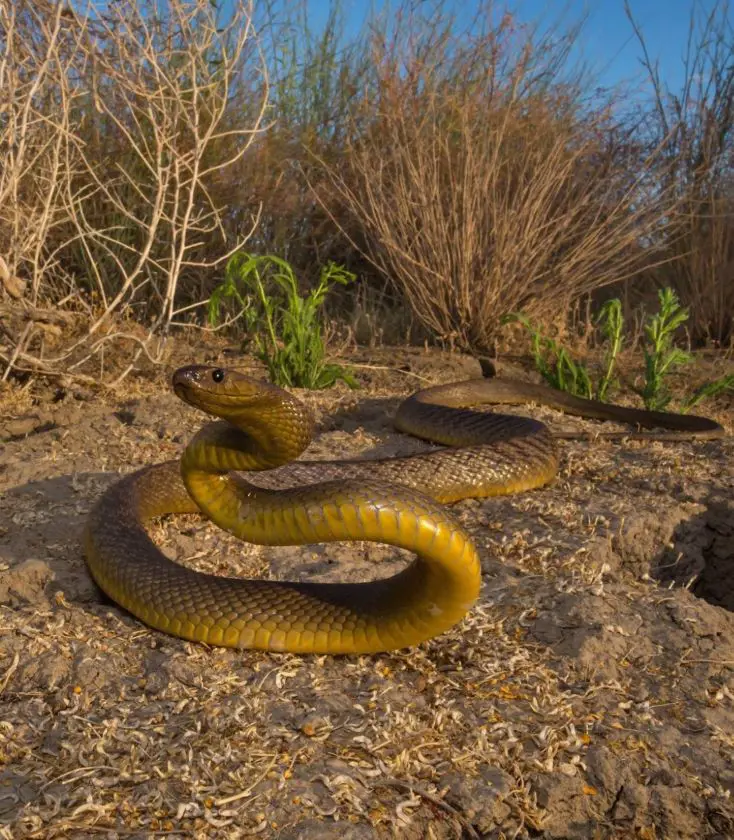
- Length: 9 feet
- Weight: Up to 14 pounds
The Coastal Taipan is primarily found in Papua New Guinea and northern Australia. It is highly dangerous, yet contrary to its menacing reputation, this snake is generally shy and tends to avoid people. This is probably because the reptile wants to stay safe and avoid problems, acting on its natural instincts.
Displaying a sleek appearance in brown or olive shades, the Coastal Taipan's belly is often lighter, giving it a polished look. These snakes prefer coastal regions and wooded areas. Though encounters with humans are rare, you need to be cautious due to their potent venom.
3. Eastern Diamondback Rattlesnake
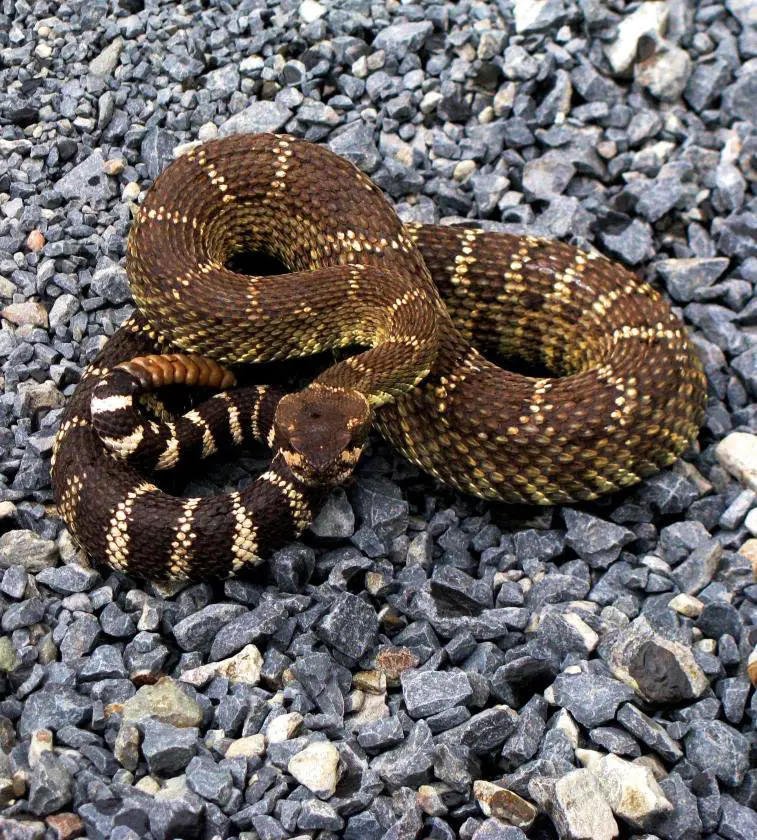
- Length: 7 feet
- Weight: Up to 15 pounds
The Eastern Diamondback Rattlesnake is a big snake from the southeastern United States. It stands out with a cool diamond pattern on its back and makes a rattling sound with its tail. So, if you hear this rattling noise, it's best to keep a safe distance.
The Rattlesnake is crucial for nature as it helps control specific animal populations, such as rodents or small mammals. Its presence contributes to maintaining a balanced ecosystem by regulating the numbers of these particular prey species, which supports overall biodiversity.
4. Black Mamba
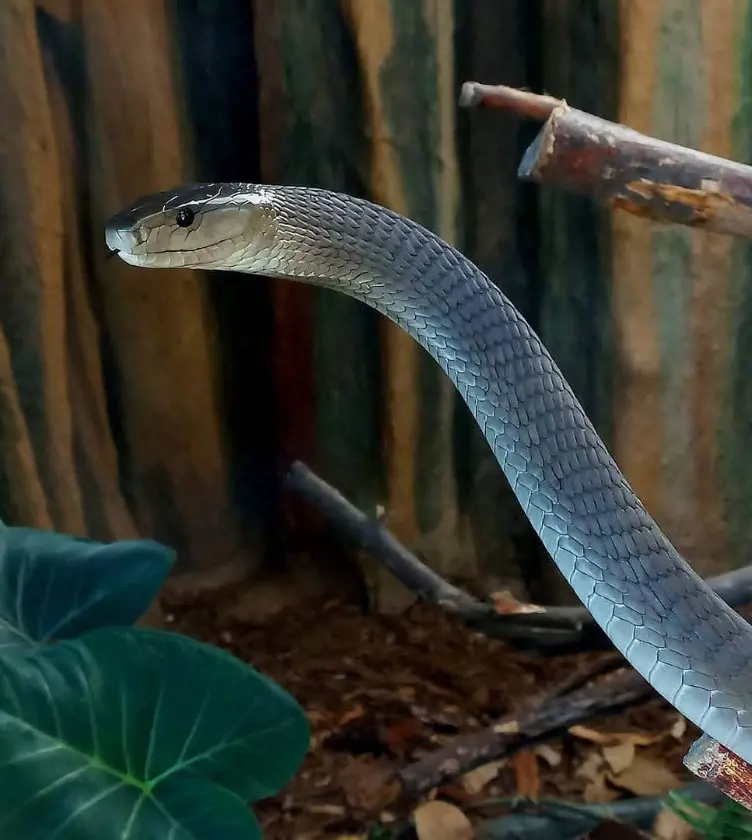
- Length: 9 feet
- Weight: Up to 14 pounds
The Black Mamba, a snake from Africa, is the most venomous snake known for being fast and having strong venom. It can be brown or gray and is good for hunting. When it feels threatened, it might act tough by raising its head and showing its black mouth.
This snake usually lives in trees and on the ground in different places. Similar to the reptiles mentioned earlier, it generally stays away from people, choosing locations where it can easily hide.
5. Papuan Black Snake
- Length: 7 feet
The Papuan Black, scientifically known as Pseudechis papuanus, is a snake native to Papua New Guinea. This sleek reptile is characterized by its glossy and black coloration. They prefer to stay in rainforests and grasslands, preying on small mammals and reptiles, and using potent venom to immobilize their victims.
One of the interesting features of this snake is its cryptic behavior and elusive nature. It has a hidden and tricky behavior, making it hard for researchers and fans to watch it in its home. It's not easy to spot in its natural surroundings, which adds to the mystery of this lesser-known reptile.
6. Boomslang
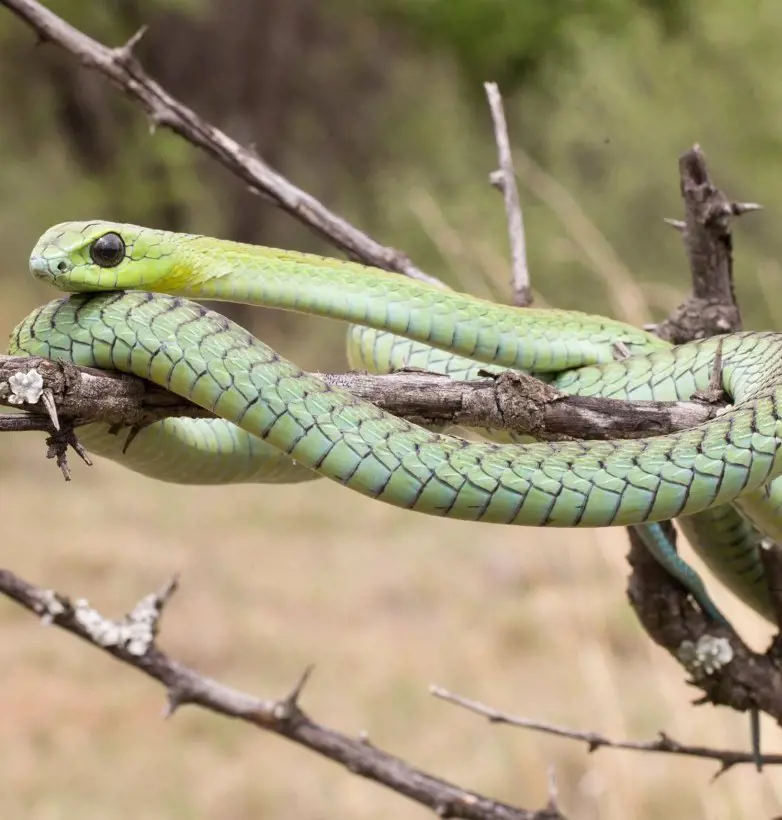
- Length: 5 feet
- Weight: Up to 2 pounds
The Boomslang snake has large eyes and distinctive colors, ranging from green to brown. Residing in sub-Saharan Africa, it primarily preys on birds and chameleons. It also prefers to live in trees, spending most of its time there.
These snakes have an extraordinary ability to open their jaws extremely wide. This adaptation allows them to swallow their prey whole, even if the prey is larger than their head. This distinctive trait sets the Boomslang apart, showcasing their remarkable adaptability in capturing and consuming prey.
7. Common Death Adder
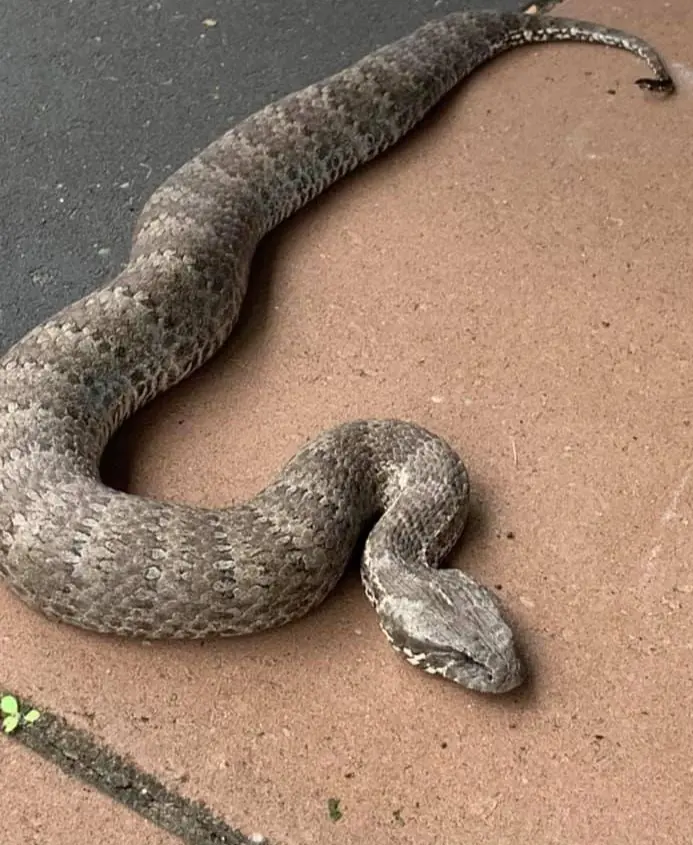
- Length: 3.2 feet
- Weight: Up to 1.5 pounds
The Common Death Adder has a distinctive and flattened triangular-shaped head, which is often slightly wider than the body. Its body is thick and usually has a banded pattern, which can vary in coloration, ranging from shades of brown to reddish-brown.
Death Adder is known for its ambush hunting style. Staying motionless for long periods, this snake uses its tricky colors and patterns to hide. And when something it wants to eat gets close, it quickly strikes and puts venom inside.
8. Blue Krait
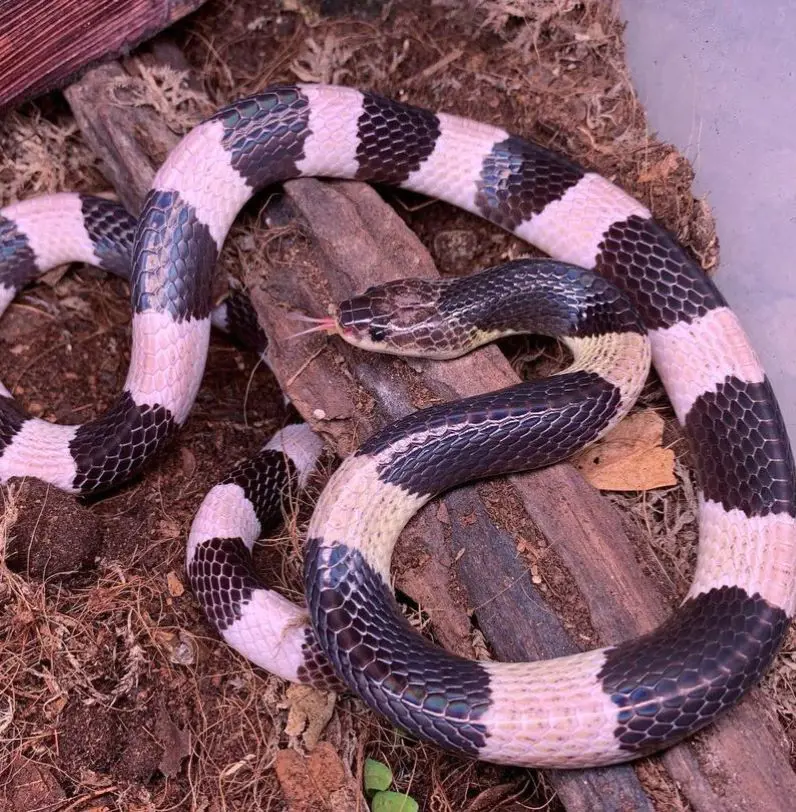
- Length: 4 feet
- Weight: Up to 0.66 pounds
The Blue Krait belongs to the elapid family, which includes other venomous snakes like cobras and coral snakes. The venom of these snakes contains potent neurotoxins that affect the nervous system, potentially leading to respiratory failure and death if left untreated.
Despite of its venomous nature, the Blue Krait is known for its relatively docile temperament and may not exhibit aggressive behavior unless provoked. Nevertheless, any encounter with this snake should be treated with extreme caution, and immediate medical attention is essential if bitten.
9. Saw-Scaled Viper
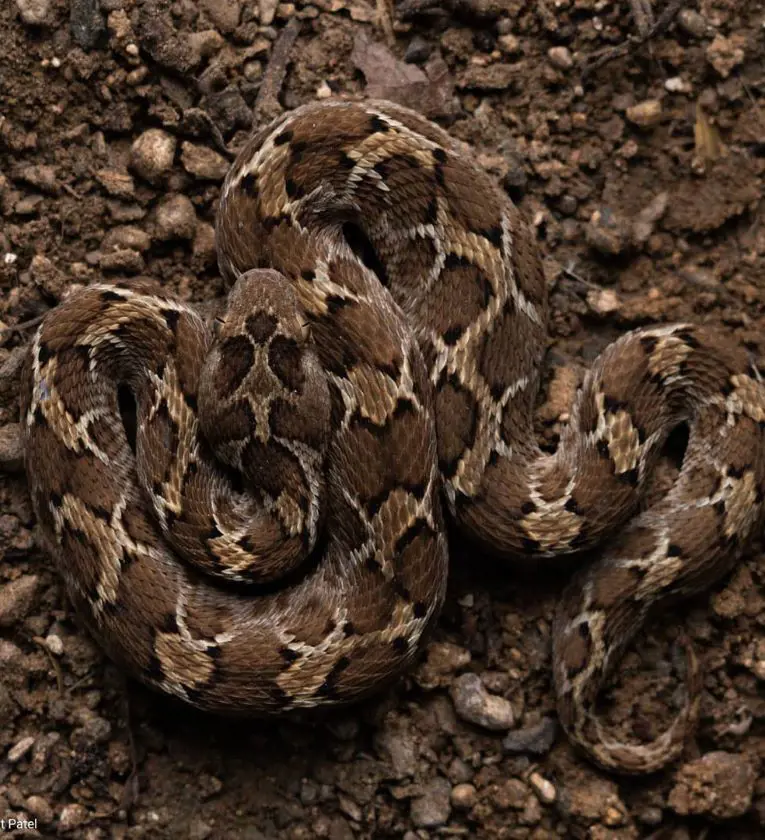
- Length: 8 feet
- Weight: Up to 5 pounds
The Saw-scaled Viper inhabits arid regions of Africa and the Indian subcontinent. It is recognized for its small size and distinctive keeled scales that produce a rasping sound when rubbed together. The snake is named after this characteristic.
This snake is highly adaptable, inhabiting a variety of habitats. It can be found in sandy deserts to rocky landscapes. The snake is known for its defensive behavior, often assuming a coiled posture. It hisses loudly when threatened.
10. Russell's Viper
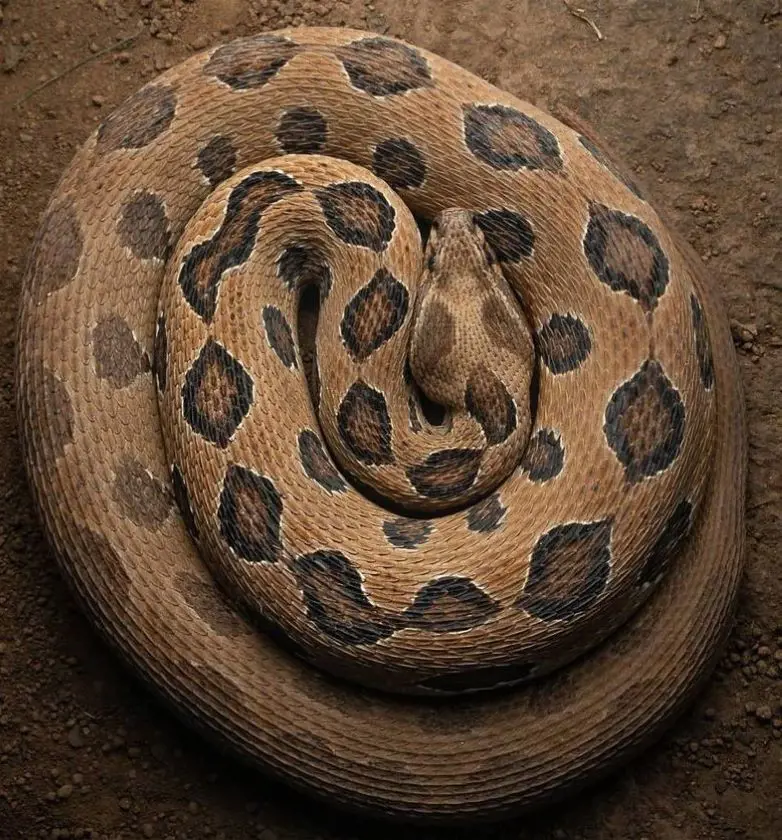
- Length: 5 feet
- Weight: Up to 4 pounds
Russell's Vipers are adaptable snakes that can be found in a variety of habitats, including grasslands and agricultural areas. They are known to thrive in diverse environments. These snakes are often found in places with suitable hiding spots, such as tall grass or rocky terrain.
This snake has a strong body and unique dark markings, making it easily noticeable. When it feels threatened, it gets tough by coiling up and hissing loudly. It's important to be aware of these behaviors to stay safe when facing this snake.
11. Bush Viper
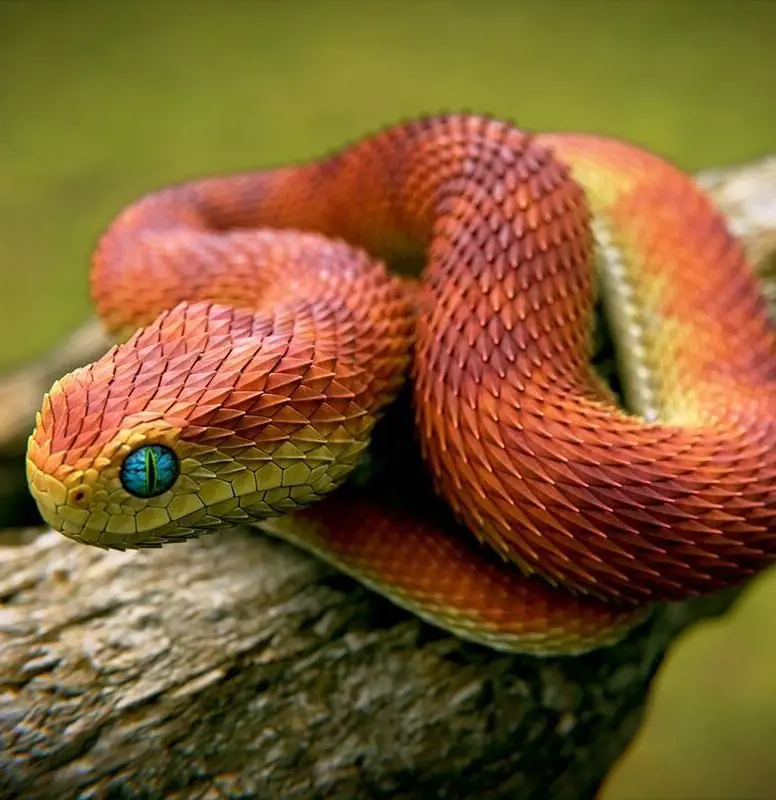
- Length: 3 feet
- Weight: Up to 4 pounds
Bush Vipers stand out with vibrant colors, ranging from green and blue to yellow and red. Their rough, keeled scales aid in climbing trees and bushes, where they spend much of their time. Using their tails for balance, these snakes navigate their forest habitats with agility.
One of the most impressive features of this snake is their ability to give birth to live young instead of laying eggs. This is a rare reproductive strategy among snakes. Additionally, they are great hunters. They use their colors and hiding skills to surprise and catch prey like small birds.
12. Coral Snakes
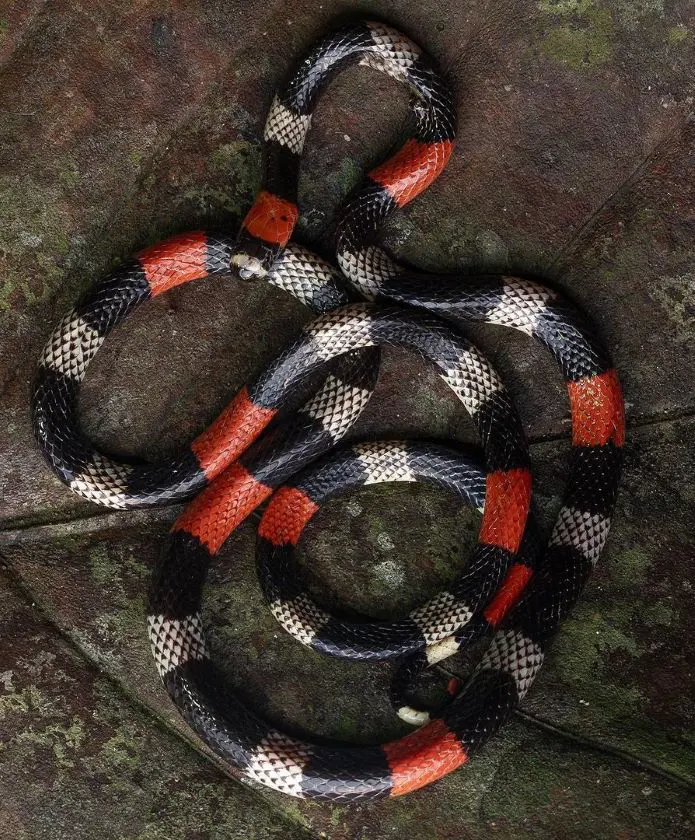
- Length: 4 feet
- Weight: Up to 0.30 pounds
Coral snakes typically have bands of red, yellow, and black. They are relatively small and slender, with smooth scales. Found in diverse habitats, these serpents' striking appearance serves as a warning to potential predators, signaling their vicious nature.
Generally, these reptiles aren't aggressive. They are shy and elusive, preferring to avoid confrontations. Their non-aggressive nature is a result of their instinct to stay hidden and only resort to biting if they feel threatened or provoked.
13. Sea Snakes
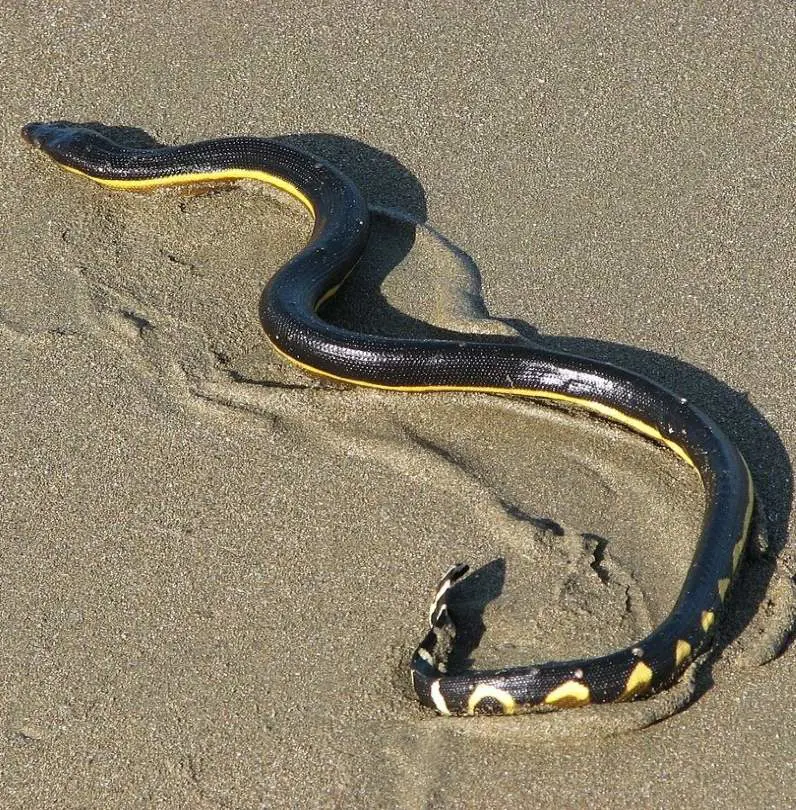
- Length: 11 feet
- Weight: Up to 8 pounds
Sea snakes are special reptiles that make their homes in the ocean, particularly in the warm waters of the Pacific and Indian oceans. Since these are water snakes, they have unique features to thrive in water. For instance, their possession of a flattened tail helps them swim efficiently.
These snakes often have striking patterns that help them blend in. They can breathe through their skin and are excellent swimmers, capable of staying underwater for a long time. Their role in the ocean is crucial as they help maintain a balance in the number of fish they consume.
14. Desert Horned Vipers
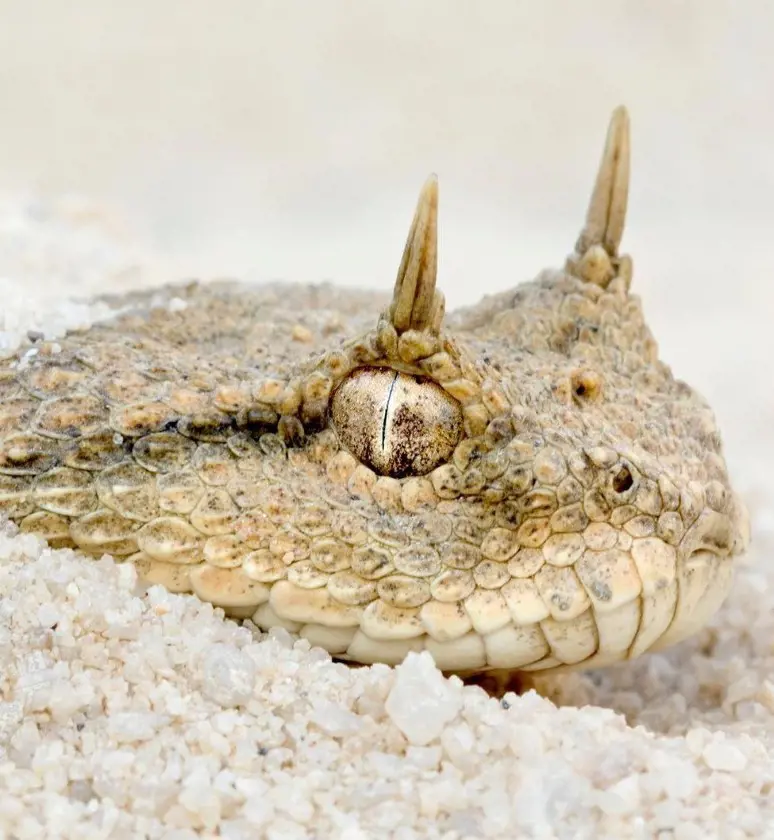
- Length: 2.5 feet
- Weight: Up to 1 pound
The Desert Horned Viper is found in the desert regions of the Middle East and North Africa. These snakes have horn-like scales above their eyes, which give them their name. These "horns" are actually modified scales that help protect their eyes from the harsh desert sun.
These serpents have a notable method of hunting. They bury themselves in the sand, leaving only their horns exposed, and wait for unsuspecting prey to come close. This camouflage and ambush strategy, along with their horn-like scales, makes them well-adapted to their desert habitats.
15. Philippine Cobra
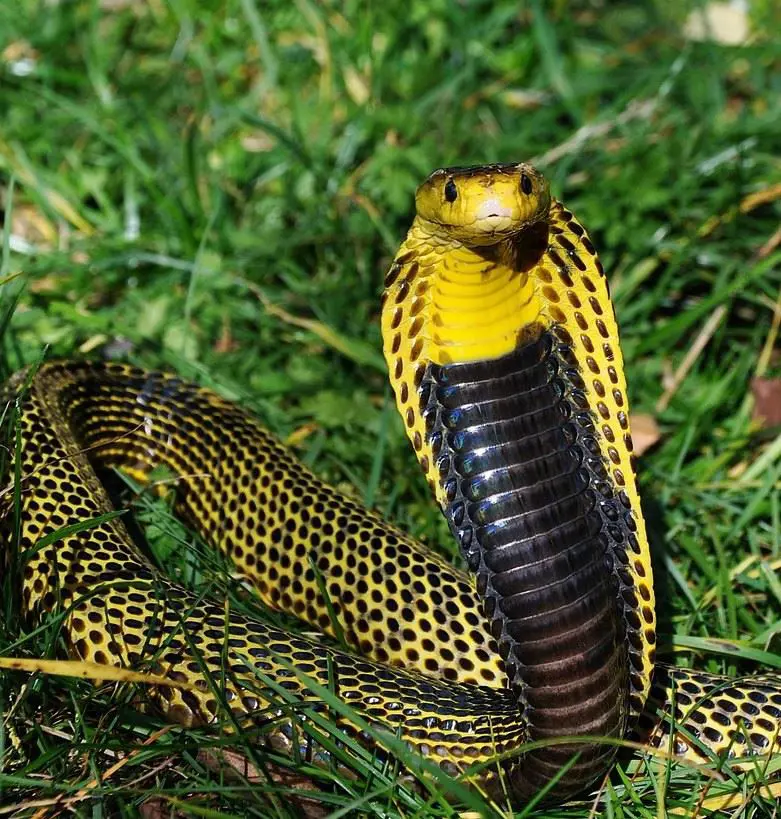
- Length: 10 feet
The Philippine Cobra is a wonderful snake from the Philippines. What makes it unique is that it can spread a hood on its neck when it's scared or in danger. Plus, it can dislocate its jaws, which is amazing. This helps them eat bigger meals than their head size.
Moreover, these reptiles like hunting at night because it's cooler and darker. This helps them hide and sneak up on prey without being seen easily. At night, many animals they eat are also active, making it a good time for the snakes to catch them.
Recent posts
Animals
Animals
20 Best Pet Duck Breeds For Your Backyards
If you're considering adding a feathered friend to your backyard, a pet duck might just be the perfect choice. Not only are ducks adorable and entertaining to watch, but they also make great companions. However, with numerous duck breeds to choose fr...
Animals
20+ Popular Cow Breeds In America
Cattle ranching is a crucial part of America's ranching history, with cowboys or cattlemen being essential to the early economy. They played a key role in driving the growth of railroads, towns, and international trade. While not as adventurous as be...
